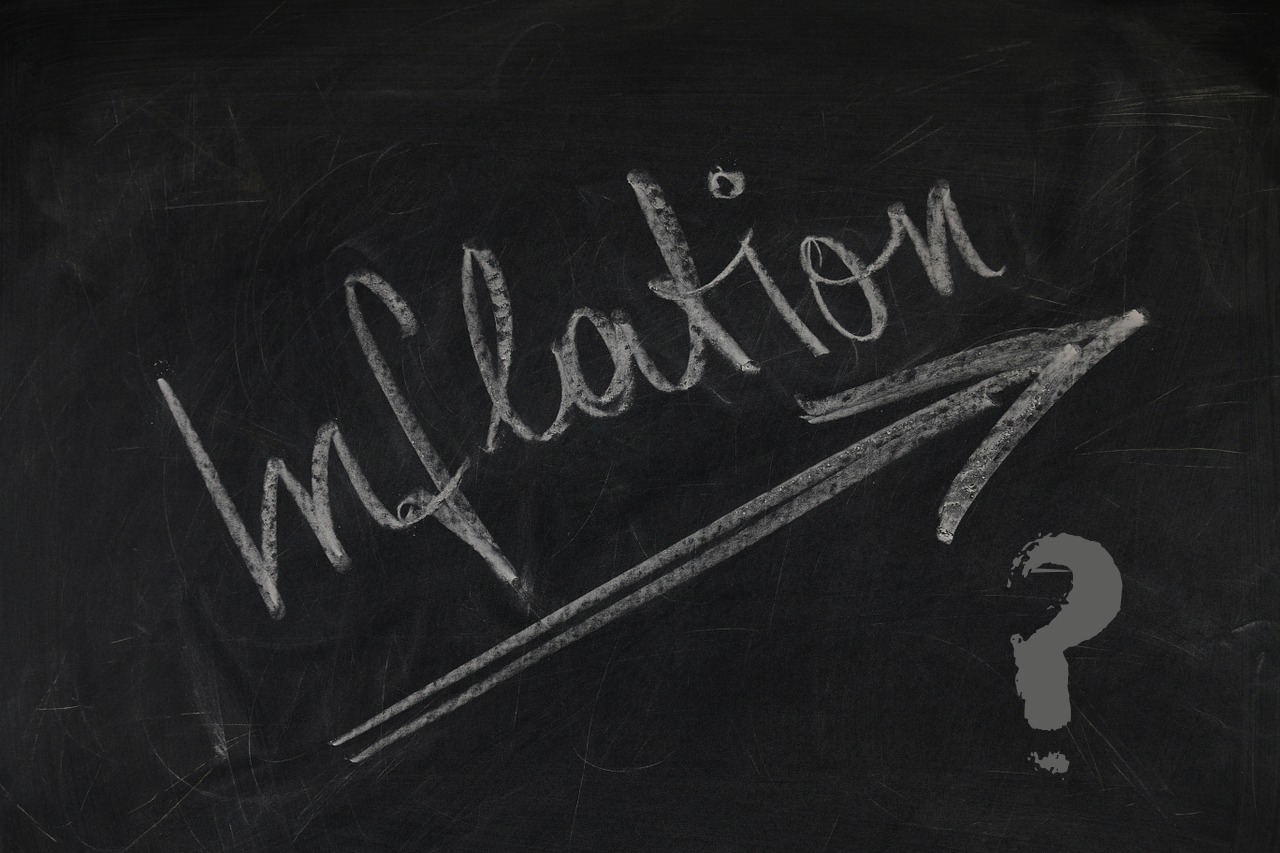by Kristina Hooper, Chief Global Strategist, Invesco
Fear is growing about inflation, but Kristina Hooper sees five reasons for investors to remain calm, including the U.S. Federal Reserve’s approach to managing the issue.
Everywhere I go, every channel I turn to — it seems all I hear is the “i” word. Yes, inflation. And the data is ugly right now:
- The headline U.S. Consumer Price Index (CPI) rose 0.9% for October, while core CPI (which excludes food and energy) rose 0.6% for the month.1 For the first 10 months of the year, headline CPI was up 6.2% versus the same 2020 period — well over expectations of 5.8% — and core CPI was up 4.6%.1
- China’s Producer Price Index (PPI) for October rose 13.5% year over year, which is well above expectations.2 This is up from 10.7% year over year in September, and represents the fastest pace in 26 years.2 (China’s PPI measures the cost of goods as they leave the factory gate, before transportation or other costs are factored in.)
The data and the media attention around inflation has altered market-based inflation expectations:
- The U.S. 5-year breakeven inflation rate finished the week above 3% for the first time in more than 10 years.3
- Even the U.S. 10-year breakeven inflation rate has been impacted. As of Nov.12, it was 2.73%.4 That’s up from 2.33% two months ago (as of Sept. 14).4
It is also having an impact on shorter-term consumer inflation expectations:
- Last week, the Federal Reserve Bank of New York released its Survey of Consumer Inflation Expectations for October. Median inflation expectations increased to 5.7% for one year ahead, which is a series high (although keep in mind the inception of the survey only goes back to June 2013) and the 12th consecutive increase.5 The survey had some positive takeaways: After increasing for three consecutive months, median inflation expectations for three years ahead stayed the same for October (4.2%).5
- The University of Michigan released its preliminary survey results for November on Nov. 12, and the findings are very similar to that of the New York Fed. U.S. inflation expectations for the year ahead edged up to 4.9% in early November of 2021 from 4.8%in October, the highest since July 2008.6 However, five-year inflation expectations are unchanged since the previous reading at 2.9%.6
Reasons to remain calm about inflation
Most of the questions we are receiving from clients are on the topic of inflation. Financial advisors are sharing with me that most questions they are receiving from clients are on the topic of inflation. Older clients in particular are fearful that this is the 1970s all over again.
So why shouldn’t investors be fearful of inflation? I see five reasons to remain calm.
- Inflation is a necessary evil as countries emerge from the pandemic, especially for the many countries, such as the United States, that provided adequate fiscal stimulus this time around (as opposed to during the Global Financial Crisis). Household savings is elevated, there is pent-up demand, there are labour shortages and there are supply chain disruptions.We’re facing a perfect storm — but it’s better than still being in the depths of the pandemic. As I say each birthday, as I grimace about the growing candles on my cake, “This is better than the alternative.” And so it is with high inflation.
- While the tunnel may be a bit longer than first expected, I do see light at the end of it. The public has come to realize that inflation likely won’t be over in a few months — but I believe it is likely to peak in mid-2022 and then start to recede. There are multiple reasons for elevated inflation, and some factors, such as pent-up demand, will dissipate sooner than others, but the general trend should improve in the back half of 2022.
- Tolerant central banks. The U.S. Federal Reserve (Fed) will not overreact to the inflation data, in my view. The Fed recognizes that the factors causing high inflation will not easily be remedied through aggressive rate hikes. Raising the fed funds rate will not force more people back into the workforce or get ships unloaded in the port of Long Beach any faster.Under the leadership of Chair Jay Powell, the Fed seems hyper-aware of not making a policy error. And I think the Fed would only get more dovish if Lael Brainerd were appointed the new Fed Chair. (Brainerd, a member of the Federal Reserve Board of Governors, recently interviewed for the post.)
While other developed central banks may feel more pressure to tighten, I don’t expect overly aggressive tightening. It is also worth noting that the People’s Bank of China is actually in easing mode. And so, all in all, the environment should remain supportive of risk assets given positive economic fundamentals.
- Longer-term inflation expectations remain relatively well-anchored. Consumers seem to understand that while inflation might be very elevated in the shorter term, it will come down. We saw this in both the Michigan and New York Fed surveys released last week. This helps provide the rationale the Fed needs to avoid a hastening of its rate hikes.
- Inflation is not making much of a dent in profit margins. Yes, companies are talking a lot about inflation on their earnings calls, but it hasn’t had much of an impact on earnings. The earnings season in Europe has been better than expected. And thus far, the net profit margin for S&P 500 Index companies in the third quarter is 12.9%, which is near a record-high.7 And the fourth quarter net profit margin is estimated to be 11.8%, which is still robust.7In this quarter’s earnings calls, a number of companies reported being able to pass increased costs onto customers, which helps explain the very healthy profit margins. And while this is not positive for consumers, it should be positive for equity investors.
So what’s the bottom line? I believe we need to expect inflation to remain high — and likely move higher — as we head into 2022. However, I am confident that inflation will peak by mid-2022 and that the Fed will not make a policy error — and that’s the real fear for investors with regard to inflation. I believe investors should remain well-diversified and focused on longer-term goals. I favour maintaining exposure to equities, including dividend-paying equities, inflation-protected securities, and other asset classes that have historically performed well during inflationary periods, including real estate and commodities.
1 Source: US Bureau of Labor Statistics
2 Source: National Bureau of Statistics of the People’s Republic of China
3 Source: Federal Reserve Bank of St. Louis
4 Source: Federal Reserve Bank of St. Louis
5 Source: Federal Reserve Bank of New York, released Nov. 8, 2021
6 Source: University of Michigan as of Nov. 12
7 Source: FactSet, as of Nov. 12, 2021
This post was first published at the official blog of Invesco Canada.














